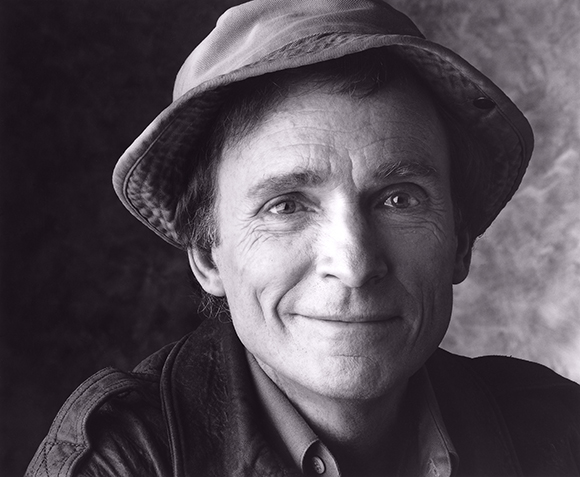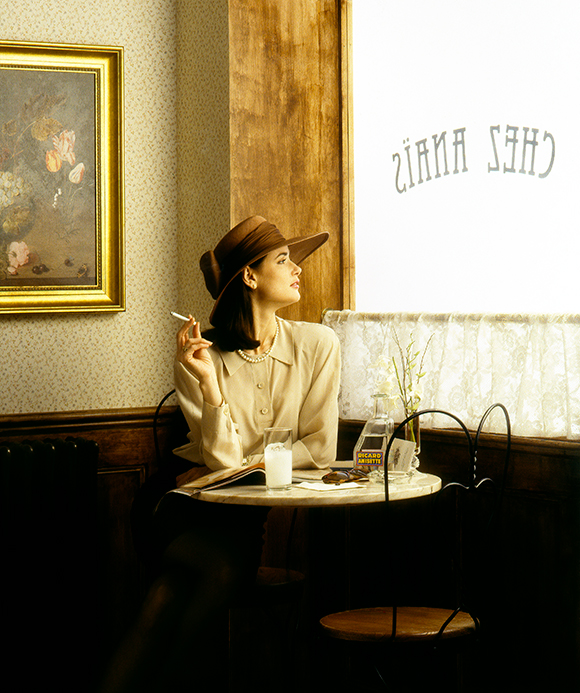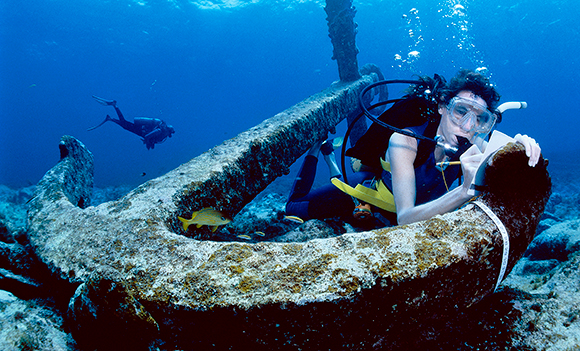
LYME — Every picture tells a story ….
Thumb through Skip Hine’s wonderful book cleverly titled Memories In Hine Sight, subtitled My Life With a Camera, and Rod Stewart’s immortal words will immediately come to mind.
Hine is an authentic, engaging, charismatic guy — I chatted with him on the phone for around an hour and a half and thoroughly enjoyed every minute. We would probably still have been talking hours later if regular life had not interceded.
The book is a fascinating insight into the life of a professional photographer over the past 50 years. Hine notes, “People don’t appreciate or understand how many people are involved in a shoot,” deftly describing the latter as, “The magic behind the curtain.”

Hine says the book has, “No real beginning or end.” You can start reading it, put it down, dip back into it.” And that is true — it does not have to be read sequentially, though the first chapter titled, The Journey Begins definitely helps set the scene.
Stressing “It is not a ‘How to’ book, but rather a ‘How I did it’ book,” Hine says with intense feeling, “It is about my life.” He hopes that as people read the book, they “Feel as though I am there chatting to them at the kitchen counter,” and in my opinion, he absolutely achieves that aim.
He did not have an easy childhood losing both his parents at a young age. Subsequently cared for by family members, he soon was sent to boarding school and interestingly, regards that time as critical to his later success as a photographer. Hine notes that going away to school, “Opened up a whole new world for me — I had to grow up fast.”
Not only did he make “friends for life,” during his boarding school days, but also his love affair with the camera started at Pomfret School in northeastern Connecticut.

So how did an intrinsically shy man end up photographing presidents and TV personalities, movie stars and CEO’s, supermodels and sports icons, actors and politicians — to name but a few — in locations all across the globe? Did he have a golden key that simply opened doors when he left Rochester Institute of Technology as a shy young man with a BFA in hand that majored in Photographic Illustration?
The short answer is no.
He grafted for many years in New York City, in his words, “Always chasing the next job,” and taking some jobs for which he, “Barely got paid at all.” All the while, however, he focused on honing his craft, and offering both complete flexibility and absolute reliability.
Hine’s first job was working as an assistant for Klaus Lucka — a job he was given for a day, which turned into 18 months. He credits Lucka with being the single most important influence in his career. Hine explains, “It was just him and me. He instructed me to take notes and record the lighting of every shoot. He taught me design,” adding pointedly, ” He really made me passionate about what I was doing.”
As a photographer’s assistant, Hine’s responsibilities involved going with Lucka wherever his boss went, working all day, and then ending up every evening in the studio processing film so that the photos were ready for the client by 9 a.m. He continued working in this capacity for a number of other photographers until he made the leap to set up his own business.
After he went out on his own, Hine says he started calling art directors to let them know he was available for jobs. In his words, “Naively, I expected them to call.”
He then states pragmatically, but with a chuckle, “… they didn’t.”

On the one hand Hine admits, “I have been really, really fortunate,” but, on the other, I would add it is clear he has worked incredibly hard to achieve such major success in his career. When work did not come to him in those early days, a friend suggested he should try doing the photography for corporate annual reports. He laughs and then says, “At that time, I had never seen an annual report!” but he worked through Yellow Pages and finally secured a contract.
His corporate accounts have included Pfizer, Newsweek, the Rockefeller Group, Sports Illustrated, and the US Olympic Committee and his advertising accounts feature names like the National Football League, Johnson & Johnson, Radio City Music Hall, American Express and Colgate Palmolive. The full list of his clients over his career is too extensive to print even in the book.
He clearly loved the world of photography, sometimes taking a solo role, other times working as part of a team with art directors, hairdressers, fashion designers and more, all on set at the same time, and sharing their thoughts. He says ebulliently, “I loved the camaraderie … everybody had input,” but his often challenging role was “Trying to put it all together.”

Hine has owned a house in Lyme, Conn. for some 40 years, which he shares with his wife Deb, who is both his biggest fan and maybe his harshest critic. She worked closely with him on the book and he commented cheerfully that their discussions about the text were always “spirited.”
In his book, Hine shows photo after photo but tells a story about each one. He talks variously about the photo’s location, how he came to be given the contract for it, some of the obstacles he face in obtaining the image, details of the lighting on occasion, and includes often amusing and sometimes deeply personal side notes. He sums up his vast array of photos with the words, “I’m a picture-maker not a picture-taker.”

He tells an endearing story about how he had spent a day photographing President Gerald Ford and then in the evening found himself “standing in line for a regular piece of $2 pizza.” The juxtaposition of those two events clearly made him smile. Perhaps it also reminded him that his father had sold insurance all his life in Hartford, Conn., whereas he (Hine) had ended up taking photos and traveling the world.
On Wednesday, Sept. 14, Hine will discuss his book at the Old Lyme-Phoebe Griffin Noyes Library at an author presentation starting at 6:30 p.m. There is no charge to attend but registration at this link is encouraged for planning purposes. During the talk, Hine will share many more tales from behind the camera and insights into the glamorous (… and not always quite so glamorous!) world of photography in which he has been immersed for more than 50 years.
That world has changed dramatically in recent years with the arrival of Photoshop, LightRoom and other such software programs, which facilitate post-processing of photos in a way that Hine could never have conceived when he set out on his career.

Asked what his advice would be right now to someone wishing to pursue a career similar to his, Hine says surprisingly, “Don’t be a photographer!” He goes on to explain what he means, saying, “Learn how to design. Learn your fonts. Ad[vertising] agencies want one-stop shopping these days. Make yourself as versatile as you can.” He concludes, “Photography is a part of the business these days … [it is] not the business.”
Apart from sheer hard work, determination, and remarkable skill, perhaps versatility is the key to Hine’s own exceptional career. He has moved with the times, believed in himself, and simply kept doing what he does best — and his book encapsulates that story in a truly wonderful way.
It is a delight to read … and a joy to view.
This is a very interesting and well written article.